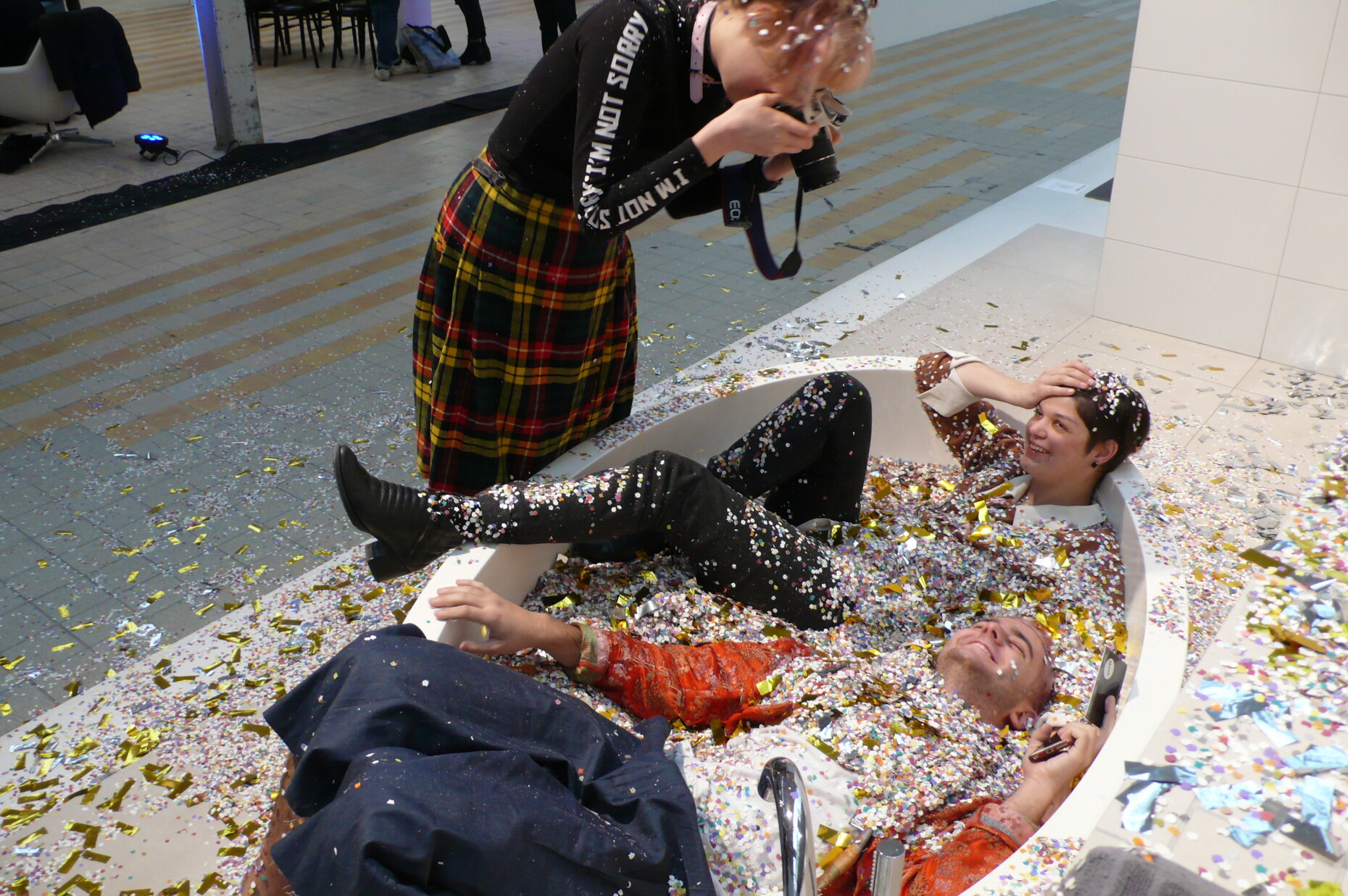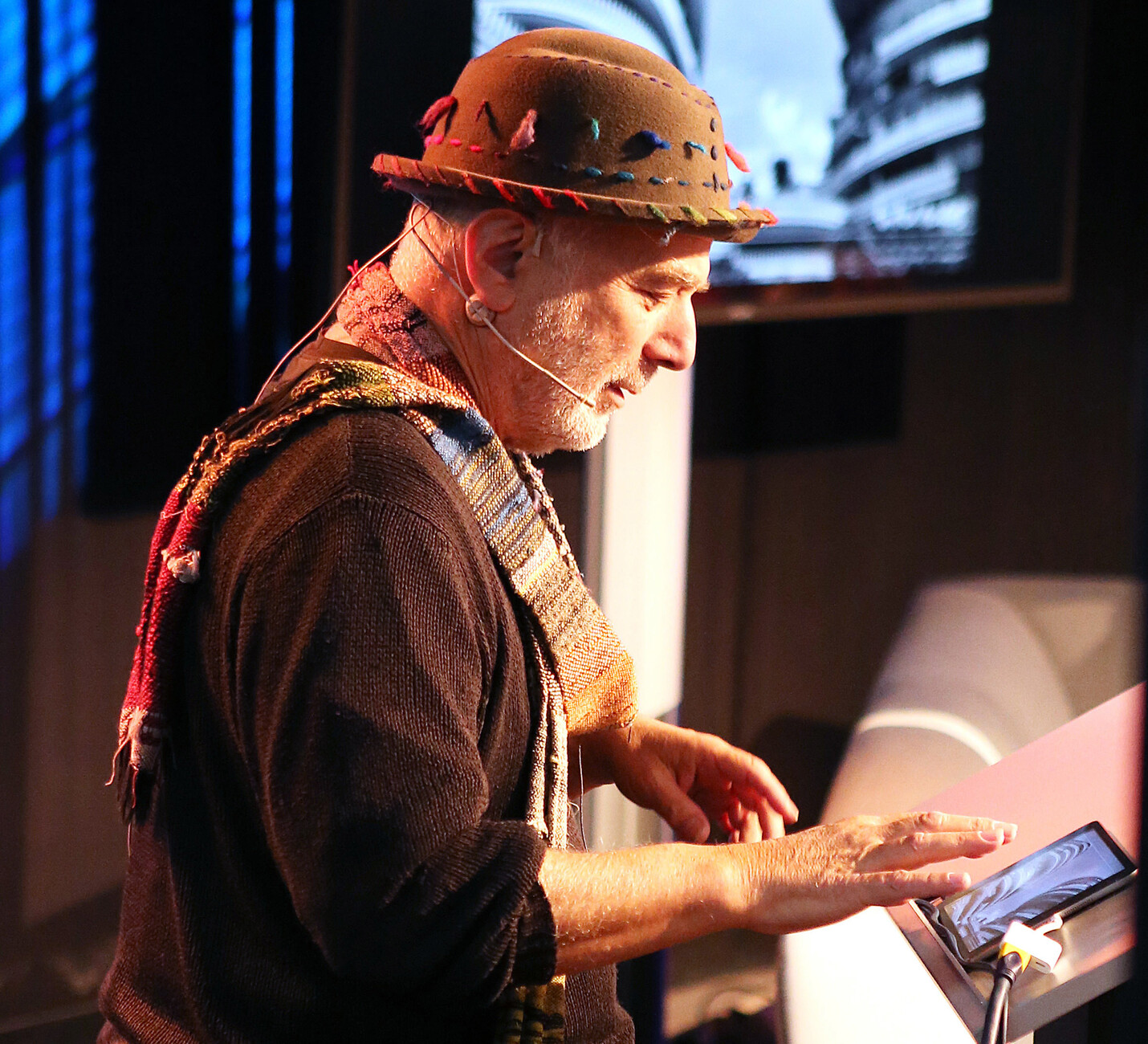Cross-Border Design Contest: The new you
The initiators of the student competition Cross-Border Design Contest could arguably not have found a better mentor than Ron Arad. After all, the London-based designer and architect had some really good advice for the newcomers: “Enjoy your lives and do what interests you and what you’re good at,” he told them recently in Maastricht. And prior to the competition, by way of inspiration he gave the participants an insight into his own work. But simultaneously he warned them not to mimic other designers. “Don’t try to be the next Philippe Stark. Be the new you.”
The Cross-Border Design Contest is an initiative by the South Dutch Province of Limburg whose principal city is Maastricht. Taking place for the first time, it is open to outstanding students from Dutch, German, Belgian and British design universities. The assignment: to design an interior object that embodies something of the Limburg region’s DNA. Limburg is seen as “Little Europe” since it is geographically closer to Belgium and Germany than the Dutch metropolises of Amsterdam and Rotterdam. So it is only natural to call this a cross-border design competition. And indeed the region is very open: People switch easily from Dutch to German or French and back again. In addition, the locals are considered pragmatic, hands-on people, who seek to build bridges across all borders. At the beginning of the competition in Maastricht participants had the opportunity to spend two days getting to know the region and what makes it so special.
One thing that is typical of Limburg is its design culture. For example, Maastricht is home to high-tech tile manufacturer Mosa, and has been for over 130 years. The company continues to produce solely in the Netherlands, and wants things to remain that way. And the Mosa flagship store, not far from Maastricht’s main station, also makes the perfect setting for kicking off the Cross-Border Design Contest.
In one of the old industrial factories the participating students met up with professionals from Limburg’s design scene. Mosa Managing Director Remon Veraart welcomed guests and emphasized how important design is for his company. “We really enjoy working with creative people, and people who appreciate quality.” Following the lecture by Ron Arad everyone went on to Venlo, the site of another Limburg design company called Leolux. The students visited the factory of this sofa and armchair manufacturer, a family-run business, which also manufactures its products solely in the Netherlands. Finally, competition entrants spent a day visiting the exhibitions of the Dutch Design Week in Eindhoven.
The competition runs until March 31, 2017, when the jury will announce the winner. The winning entry will entitle the student to prizes worth a total of €2,500. All submitted designs will subsequently be exhibited in the design museum Cube in Kerkrade, not far from Maastricht. These are tempting prospects for students that are sure to encourage them. But the two days spent together in Limburg might be more decisive for their work, at least if Ron Arad is correct in his assessment: “My fellow students were much more important for me than my teachers,” he said, talking about his own university days. “The best thing I got out of my time at university was the time I spent with other students, with other exciting, creative, friendly, caring people.”





